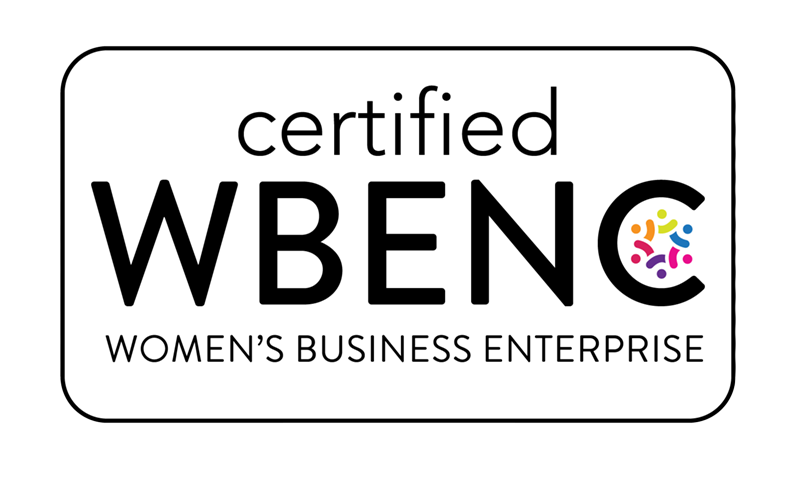AGOA: How the African Growth and Opportunity Act Benefits U.S.-Africa Trade-Part 18
Audio Conversation:
Full Blog Article:
The African Growth and Opportunity Act (AGOA) has been a cornerstone of U.S.-Africa trade relations since its inception in 2000. Designed to stimulate economic growth in Sub-Saharan Africa (SSA) while benefiting U.S. businesses, AGOA provides eligible African countries with duty-free access to the U.S. market for over 6,400 products. For U.S. importers and exporters, this represents a unique opportunity to access new markets, diversify supply chains, and build sustainable trade partnerships.
This blog will explore how AGOA works, its trade benefits, and the rules of origin requirements that distinguish it from other trade agreements. Whether you’re a small or midsize business (SMB) seeking to expand your global reach or exploring new sourcing opportunities, AGOA is a powerful tool to consider.
What is AGOA?
AGOA is a U.S. trade preference program aimed at promoting trade and economic development in Sub-Saharan Africa. It offers eligible countries duty-free treatment for thousands of products, from textiles and apparel to agricultural goods and handcrafted items. To qualify, countries must meet specific eligibility criteria, such as fostering market-based economies, supporting democratic principles, and implementing economic reforms.
AGOA’s dual focus—boosting African exports and creating new opportunities for U.S. businesses—has made it an essential part of U.S.-Africa trade relations.
How AGOA Benefits U.S.-Africa Trade
1.
Duty-Free Market Access for African Goods:
AGOA allows eligible African countries to export thousands of products to the U.S. without paying tariffs. This provides U.S. importers with competitively priced goods and strengthens trade relations with the African continent. Products like textiles, coffee, cocoa, and handcrafted items are particularly popular under AGOA.
2.
Supply Chain Diversification: In “Supply Chain Security: How to Safeguard Your Business from Global Trade Risks,
Part 12,” we emphasized the importance of diversified supply chains. AGOA offers U.S. businesses an opportunity to source from Africa, creating alternative trade routes and reducing dependency on single regions.
3.
Export Opportunities for U.S. Businesses:
While AGOA primarily focuses on imports, it indirectly creates opportunities for U.S. exporters. As African economies grow through increased trade, the demand for U.S. goods—such as machinery, technology, and industrial equipment—rises, paving the way for reciprocal benefits.
4. Ethical Sourcing and Corporate Social Responsibility (CSR): Sourcing under AGOA aligns with CSR initiatives. By trading with AGOA-eligible countries, U.S. businesses can support sustainable development, improve livelihoods, and enhance their brand reputation with ethically sourced products.
Understanding AGOA’s Rules of Origin Requirements
While AGOA offers significant benefits, businesses must comply with rules of origin requirements to qualify for duty-free treatment.
Here’s what you need to know:
General Rules of Origin
1.
Substantial Transformation: Products must either be wholly obtained in, or substantially transformed by an AGOA-eligible country. Substantial transformation occurs when raw materials or inputs undergo significant manufacturing or processing that changes their character, use, or value.
2.
Value Addition: At least 35% of the product’s value must originate from one or more AGOA-eligible countries. This percentage can include:
- Local raw materials.
- Direct processing costs like labor and production expenses.
3.
Direct Shipment Requirement:
Products must be shipped directly from the AGOA country to the U.S. without entering the commerce of a third country.
4.
Textile and Apparel Provisions: AGOA offers special rules for textiles and apparel, including the allowance for U.S.-origin yarns and fabrics as part of the value addition requirement.
How AGOA Rules of Origin Differ from Other Trade Agreements
1.
Regional Value Accumulation: AGOA’s rules of origin are unique in allowing businesses to count value from multiple AGOA-eligible countries. This regional approach encourages collaboration and intra-Africa trade, fostering economic growth across the continent.
2.
Development-Focused Rules: Unlike agreements like the USMCA, AGOA prioritizes developing economies by offering flexible rules designed to encourage local sourcing and manufacturing.
3.
Unilateral Benefits:
AGOA is a non-reciprocal trade program, meaning African countries enjoy duty-free access without being required to offer the same to U.S. goods. This is in contrast to bilateral free trade agreements, which involve mutual tariff reductions.
4.
Special Textile Provisions: AGOA’s flexibility for textiles and apparel, particularly the inclusion of U.S. materials in the 35% value addition calculation, sets it apart from stricter trade agreements.
Navigating AGOA’s Challenges
While AGOA offers clear benefits, businesses need to address specific challenges:
- Complex Rules of Origin: Compliance can be daunting, especially for SMEs new to international trade. Mistakes in classification or documentation can lead to penalties or loss of duty-free benefits.
- Product Eligibility: Businesses must confirm that their products fall under AGOA’s eligible tariff lines. This requires a thorough understanding of Harmonized System (HS) codes, as discussed in “Cracking the Code! How Are Products Classified for International Trade?, Part 3”.
- Sustainability of AGOA: The AGOA will expire in 2025 unless reauthorized, so businesses should monitor its legislative status and plan for potential changes.
How U.S. Businesses Can Leverage AGOA
- Research Eligible Products: Use resources like CBP.gov or agoa.info to confirm product eligibility.
- Build Reliable Partnerships: Work with AGOA-eligible suppliers who understand the program’s requirements and can provide the necessary documentation.
- Engage a Customs Broker: From product classification to ensuring compliance with AGOA rules of origin, customs brokers can simplify the process and reduce the risk of errors.
How Customs Brokers Can Help
Navigating AGOA’s provisions can be challenging, but a customs broker can help by:
- Verifying Product Eligibility: Ensuring your imports meet AGOA’s rules of origin and value addition requirements.
- Handling Documentation: Preparing and submitting accurate documentation to qualify for duty-free treatment.
- Optimizing Compliance: Providing ongoing support to ensure your business remains compliant with AGOA and other trade agreements.
Summary of Key Points
- AGOA Benefits: Duty-free access, supply chain diversification, export opportunities, and alignment with ethical sourcing goals.
- Rules of Origin: Products must meet specific value addition, substantial transformation, and shipment requirements.
- Customs Brokers: Essential for ensuring compliance and streamlining trade operations under AGOA.
FAQs
Q1: What types of products qualify for AGOA benefits?
A1: Over 6,400 products, including textiles, apparel, coffee, and agricultural goods, qualify. Ensure compliance with AGOA’s rules of origin to benefit from duty-free treatment.
Q2: How can I confirm if a supplier is AGOA-eligible?
A2: Check documentation from the supplier and verify their country’s eligibility on AGOA’s official resources. A customs broker can assist with verification.
Q3: What happens if AGOA expires in 2025?
A3: If AGOA is not reauthorized, its benefits will end. Stay informed about legislative updates and consider diversifying your sourcing strategy to prepare for potential changes.
Looking Ahead
In the next article, we’ll explore “Navigating U.S. Trade Relations with China: Opportunities and Challenges.” China remains one of the largest trading partners of the U.S., but navigating this relationship comes with unique challenges. Learn how to identify opportunities while managing compliance risks.
References:
- U.S. Customs and Border Protection. “African Growth and Opportunity Act (AGOA).” Link
- Office of the United States Trade Representative. “AGOA Overview.” Link
- African Growth and Opportunity Act (AGOA). Link
This article provides a clear roadmap for U.S. businesses to unlock the benefits of AGOA while emphasizing the importance of compliance and expert guidance. By leveraging programs like AGOA and seeking the support of customs brokers, SMEs can expand their global footprint and thrive in the dynamic world of international trade.
If you're curious to see how we can help, please visit our website http://magneticprecision.com/ For inquiries and questions, contact us at inquiries@magneticprecision.com.


